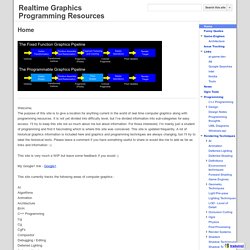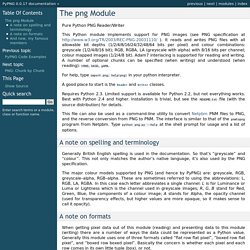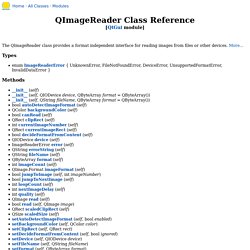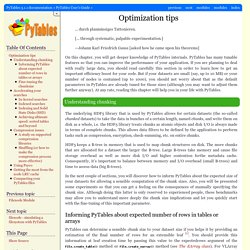

Engines. Open Data Description Language. Making a 3D game with Ogre - Loading a Scene. In this tutorial we load a terrain scene from an XML file using the dotscene format.

Now that we have initialised the Ogre 3D engine it’s time to start displaying some 3D objects. One of the questions that developers have to address is how a level will be defined and loaded into the Ogre engine. The easiest way, at least initially, is to simply hard code the creation of a level in C++. All of the samples that come with the Ogre 3D SDK hard code the logic for creating a terrain, displaying a 3D object, setting up a skybox etc, so it is tempting to combine the code from all these samples to make a complete level.
There are several big downsides to defining a level this way. Ogre Tutorial 4: Animation in Ogre [Rui Rodrigues @ FEUP] Ogre Animation Basics Animation Definition An animation defines the variation of a series of parameters for a set of objects during a specified time span (e.g. an object performing a circular movement in 10 seconds).
![Ogre Tutorial 4: Animation in Ogre [Rui Rodrigues @ FEUP]](http://cdn.pearltrees.com/s/pic/th/tutorial-animation-rodrigues-99317186)
An animation is described by a set of tracks (each controlling specific parameters) and for each a set of keyframes associated at pre-defined time instants within the animation duration. Animation Interface for an animation sequence for a mesh, a path along a spline, or composed animation. It consists of a set of AnimationTrack's AnimationTrack A sequence of keyframes that affects a given animable object. Animation Execution The actual execution of an animation is controlled by an animation state, which transforms the animable object's parameters for the values defined in the Animation, according to a given time instant. SmartBodyManual. Realtime Graphics Programming Resources. Welcome, The purpose of this site is to give a location for anything current in the world of real time computer graphics along with programming resources.

It is not yet divided into difficulty level, but I've divided information into sub-categories for easy access. I'll try to keep this site not so much about me but about information. For those interested, I'm mainly just a student of programming and find it fascinating which is where this site was conceived. This site is updated frequently. This site is very much a WIP but leave some feedback if you would :) This site currently tracks the following areas of computer graphics : Algorithms Animation Architecture C++ Programming Cg CgFx Compositor Debugging / Editing Deferred Lighting Deferred Shading Definitions Design Design Notes DirectX Engine-specific Environment techniques Forward Shading fx files Game Engines Geometry Techniques Graphics Languages Lighting Techniques Light Pre-pass.
The png Module — PyPNG 0.0.17 documentation. PNG encoder in pure Python.

Create a PNG encoder object. Arguments: width, height Image size in pixels, as two separate arguments. size Image size (w,h) in pixels, as single argument. greyscale. QImageReader Class Reference. The QImageReader class provides a format independent interface for reading images from files or other devices.

More... Types enum ImageReaderError { UnknownError, FileNotFoundError, DeviceError, UnsupportedFormatError, InvalidDataError } Methods __init__ (self, QIODevice device, QByteArray format = QByteArray())__init__ (self, QString fileName, QByteArray format = QByteArray())ImageReaderError error (self)bool read (self, QImage image)QString text (self, QString key) Static Methods Detailed Description The QImageReader class provides a format independent interface for reading images from files or other devices.
The most common way to read images is through QImage and QPixmap's constructors, or by calling QImage.load() and QPixmap.load(). To read an image, you start by constructing a QImageReader object. If any error occurs when reading the image, read() will return a null QImage. Array creation routines — NumPy v1.9 Manual. Optimization tips — PyTables 3.1.1 documentation. One of the beauties of PyTables is that it supports compression on tables and arrays , although it is not used by default.

Compression of big amounts of data might be a bit controversial feature, because it has a legend of being a very big consumer of CPU time resources. However, if you are willing to check if compression can help not only by reducing your dataset file size but also by improving I/O efficiency, specially when dealing with very large datasets, keep reading. A study on supported compression libraries The compression library used by default is the Zlib (see [ZLIB]). Since HDF5 requires it, you can safely use it and expect that your HDF5 files will be readable on any other platform that has HDF5 libraries installed. However, in some situations it is critical to have a very good decompression speed (at the expense of lower compression ratios or more CPU wasted on compression, as we will see soon). Figure 13. Figure 14.